
I have been jotting down ideas in a loosely arranged new book, called “Lonely Road” or “My Lonely Road of Glyphosate activism.
Why do I write it ? It is my personal feeling that, for an activist concerned with glyphosate, or destruction of biodiversity and ecology, or a planet facing mass extinction and perhaps human civilization facing a systemic collapse – writing a book is an useless pursuit.
This of course is my personal opinion. Book writing is for book writers, for them to earn a living and for people to have something to read.
Don’t get me wrong. There is a need for books, for a thousand different reasons.
But, in my view, in my personal experience of an anti-Glyphosate activist, writing a book about it is an useless pursuit, if the goal of the writer is to trigger a chain of events that might help put a stop to the reckless use of glyphosate on planet earth.
But then why am I writing this book. contradicting my own beliefs?
Well, one of the reason is a selfish one – a human’s desire to leave something behind when he/she kicks the bucket. Another reason may be that some humans are instinctively record keepers and like to leave behind a footnote to future generations, a statement that someone else had walked this path before. Also, it can be just that some folks believe they ave a flair of writing, or that they have a story worth telling.
Some of those reasons may apply to me – but there is also another. It is a constructive way to pass idle time.
I do not watch TV, and have started avoiding mainstream newspapers and magazines, mainly because I am not only fed up with them, but suspect I might become brain damaged if I spent too much time watching or reading them. While internet provides a sort of alternative pathway to news, it is also heavily controlled and also as full of rubbish as any other platform designed for public consumption.
I don’t go to watch much movies. I don’t do drugs, and don’t drink. I do not frequent pubs and bars. I find idle yapping with folks to be boring to the point of being intolerable.
I like conversation and exchange of ideas with folks that share similar interests or are able to talk on global issues with some depth and not superficially. Unfortunately, such people are very hard to find. As a result, I am often speaking with such folks over the phone, across great physical distances.
I am rather opinionated and do not suffer fools well.
All these are my psychological baggage and that results in me having certain amount of quiet time for introspection.
And right now, I am in India. Have been here for a number of months and likely to be here for a bit more, for personal reasons. And, I have less ways to use my time constructively. Yes, I am doing some bird-watching. Yes, I have visited interesting places and met interesting people.
But, not being in my own environment back in Canada, I have more idle time with myself.
As a result, I took up filling out some of the chapters of my book here.
Question – why do I have a chapter on Steve Wozniak in a book about Glyphosate activism ? Is Wozniak a known critic or supporter of Glyphosate ?
Frankly, I do not know. However, I do believe there is a link between recent comment made by Wozniak in Delhi, India, which has been twisted around some by the media, and the reason why Glyphosate, and toxic technologies from the west, manages to get strongholds in countries such as India.
And I intend to write a chapter on this.
I read a few articles on what Wozniak said. Apparently he mentioned that Indians, the upwardly mobile Indians that migrate to the US, are usually academic types (book pushers) that get MBAs, get fat jobs and might drive a Mercedes. However, they lack creativity. The papers seem to say that Wozniak commented to the effect that this lack of creativity is the reason India does not get companies like Apple, Google or Facebook.
I am not sure if Wozniak meant exactly that, but feel pretty confident that he said what he did as a positive criticism of the Indian system, mostly education system, that encourages copybookism (a term I just coined) as against independent thinking, which is why the upper half Indians following this system end up being successful techno-coolies designed to be well paid cogs in the US style corporate machinery, like a new age incarnation of the century old character played by Charlie Chaplin in Modern Times. This is why Yuppy Indians are unlikely to be pathfinders of new horizons.
If Wozniak actually meant all this, then I disagree with him, again in a constructive way, and I think this has great relevance to why and how technologies such as chemical farming and glyphosate get a purchase in countries like India.
First – Indians are no more nor less creative than Americans. In fact there is no good way to even define an American, since most so called creative people in the US came from somewhere else, or their parents of grandparents did. But what essentially set the US apart from other countries, and especially apart from India, is that the system in the US encouraged creativity and brilliance, as well as encourage hard working coopybookists (another term I coined just now).
India, on the other hand, has a system where corporations grease their way through the Government which legislates and legitimizes business tycoons to get a stranglehold on certain sectors of business, often to the great detriment of the environment and the people, and shuts all doors to independent thinking, rational thinking, and creative thinking.
In short, it is not so much the people of India, but the system that Indians have rigged for themselves after independence, that promotes cronyism, corruption and hegemony and suppresses creativity, independent thinking, or rational thinking.
Of course, I am perhaps being a bit more harsh on India than I should be, but then, perhaps the readers will forgive me, since I come from years of frustrating glyphosate activism.
But hang on – things are not all that hunky dory for USA either, and this is another area that Wozniak is either unaware of, or is unwilling to touch. The vaunted US system is virtually bankrupt and on the point of collapse.
One could also argue if Facebook, Google and Apple are actually helping or harming the planet – but that would really drag this chapter into an endless road. I shall leave it for others to ponder.
US does not any more have a system that is just or which rewards rational thinking. It is a system that has given rise to the One World Order, a system that is busy devouring the planet. And its political establishment is corrupt to the core, borrowing a term from Shiv Chopra’s book.
But back to India. The upwardly mobile, english educated Indian population, both in India and outside, have largely become cultural slaves of the US system. They are hypnotized, like a deer caught in the headlights. They are unable to think straight or think outside of the American bubble.
And this cultural slavery is working in favour of glyphosate, in favour of Monsanto and in favour of industrial, chemical agriculture as much as many other items that only promote US hegemony and destruction of the biodiverse sustainable ecology of the planet, all in the name of phoney and fraudulent idea of “development” and “progress”.
And that is the link, in my mind, between whatever Wozniak might have said, and my take on why India appears to be almost blindly allowing their people to be poisoned in order to make profit for agro-corporations.
Anyhow, this is just part of one chapter of my book – in the making.
You can perhaps guess, this book is not designed to be popular either in India, or in the US.
But then, that is me.
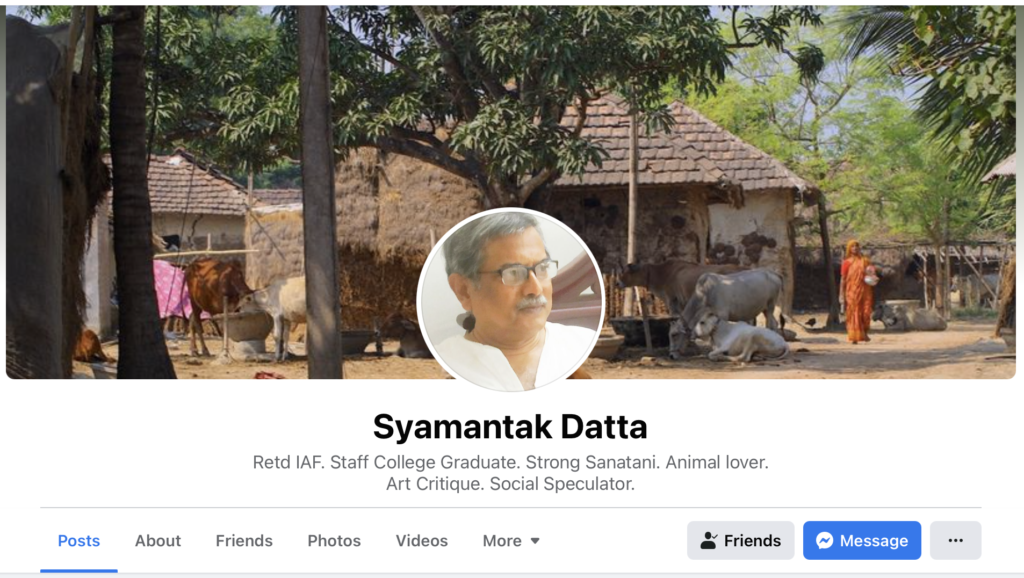
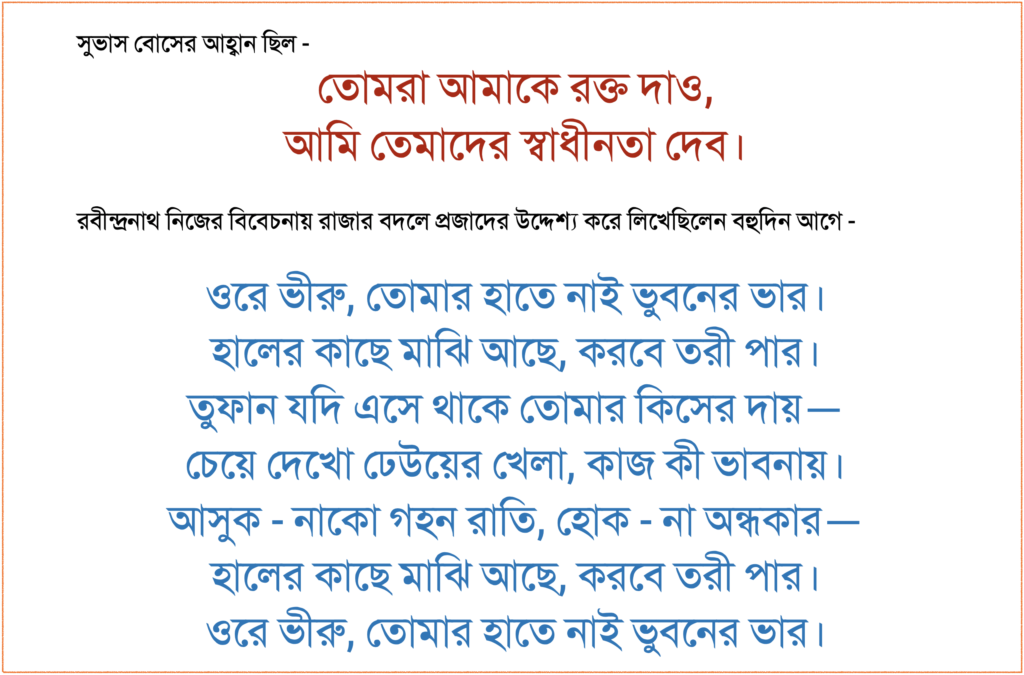

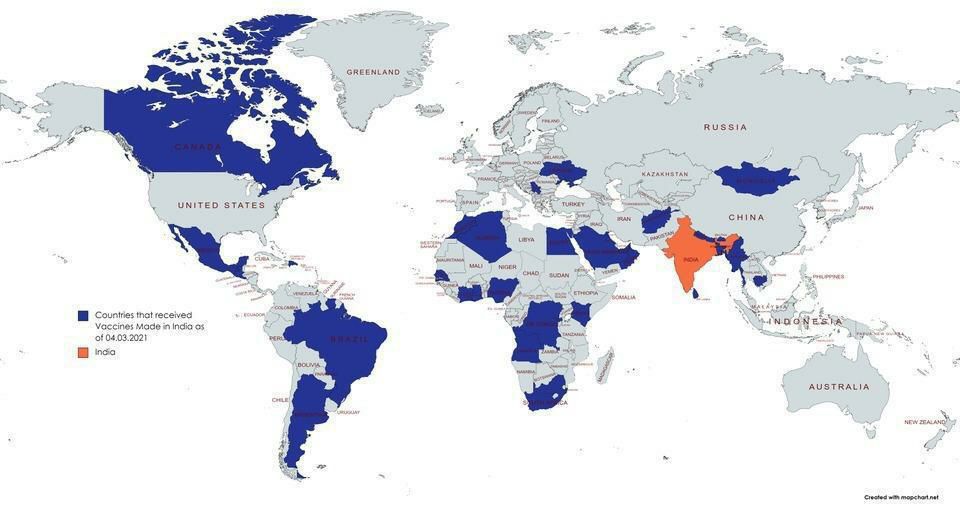




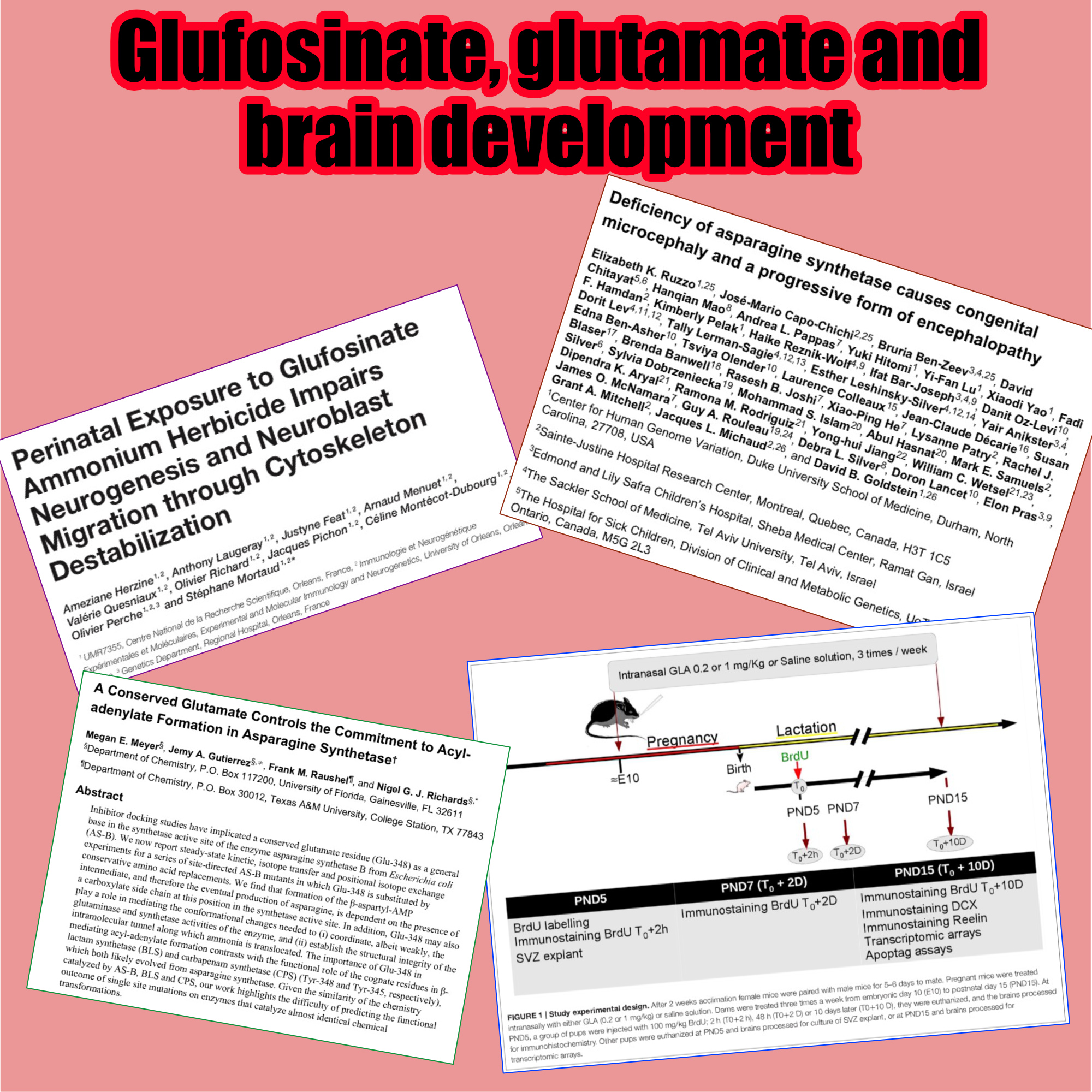
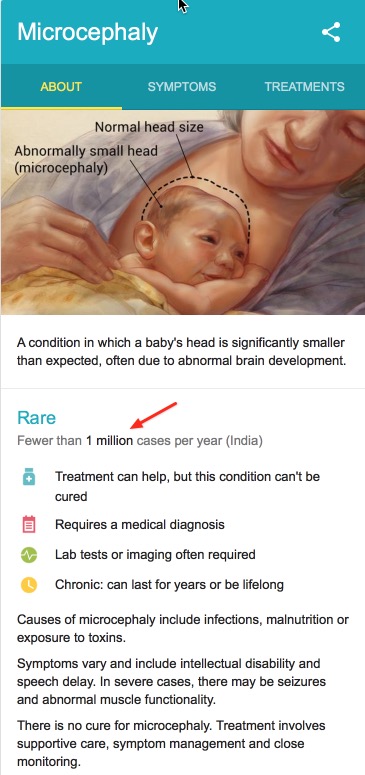
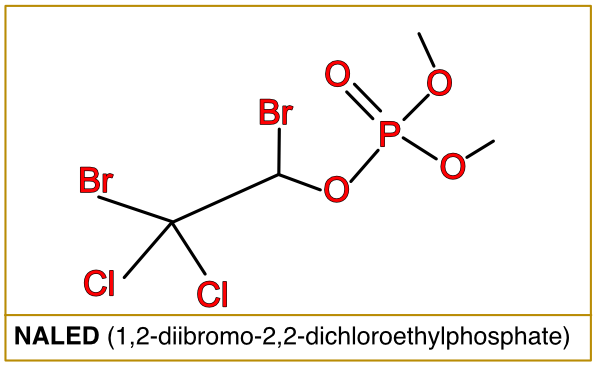 If you google Microcephaly in India, the search result starts to show up a whole list of links relating to zica virus. There are regions where the zica virus has reportedly been present since the 1940s and yet there is no microcephaly. On the other end, there are cases of microcephaly where no zica virus has been found. But reports that link microcephaly with exposure to glufosinate is given right here, below, though in real life, the direct link has not yet been established. Potentially, glufosinate can lead to microcephaly since it is a neurotoxin. The insecticide NALED (
If you google Microcephaly in India, the search result starts to show up a whole list of links relating to zica virus. There are regions where the zica virus has reportedly been present since the 1940s and yet there is no microcephaly. On the other end, there are cases of microcephaly where no zica virus has been found. But reports that link microcephaly with exposure to glufosinate is given right here, below, though in real life, the direct link has not yet been established. Potentially, glufosinate can lead to microcephaly since it is a neurotoxin. The insecticide NALED (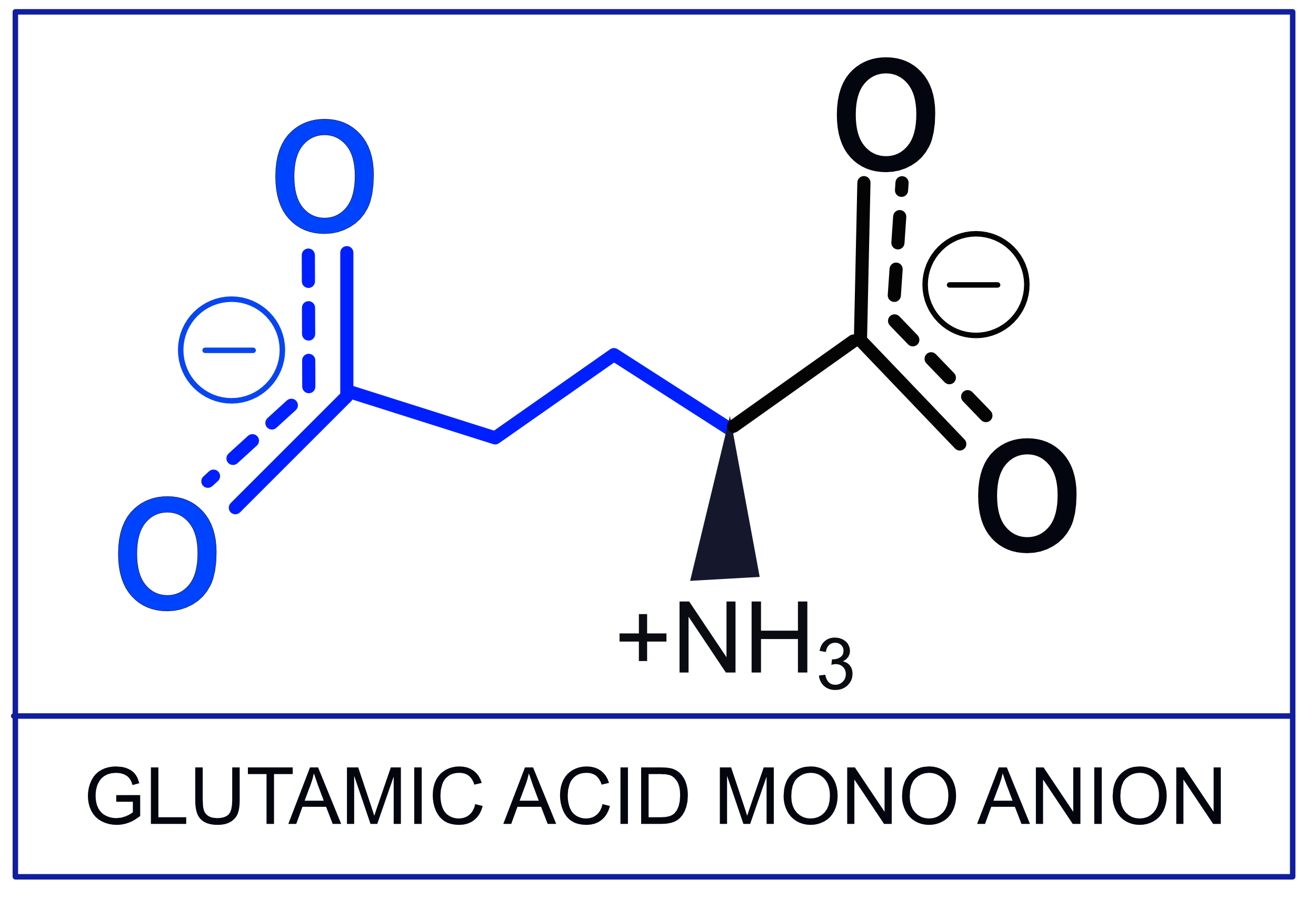 Dual herbicide (Glufosinate and Glyphosate) resistant genetically engineered crops, which include some varieties of corn etc have both the PAT gene and a glyphosate tolerant gene. I have 50 varieties of these GE corn hybrids in my seed refrigerator for experimental purposes which also includes these GLyphsoate/glufosinate dual herbicide resistant varieties.
Dual herbicide (Glufosinate and Glyphosate) resistant genetically engineered crops, which include some varieties of corn etc have both the PAT gene and a glyphosate tolerant gene. I have 50 varieties of these GE corn hybrids in my seed refrigerator for experimental purposes which also includes these GLyphsoate/glufosinate dual herbicide resistant varieties. 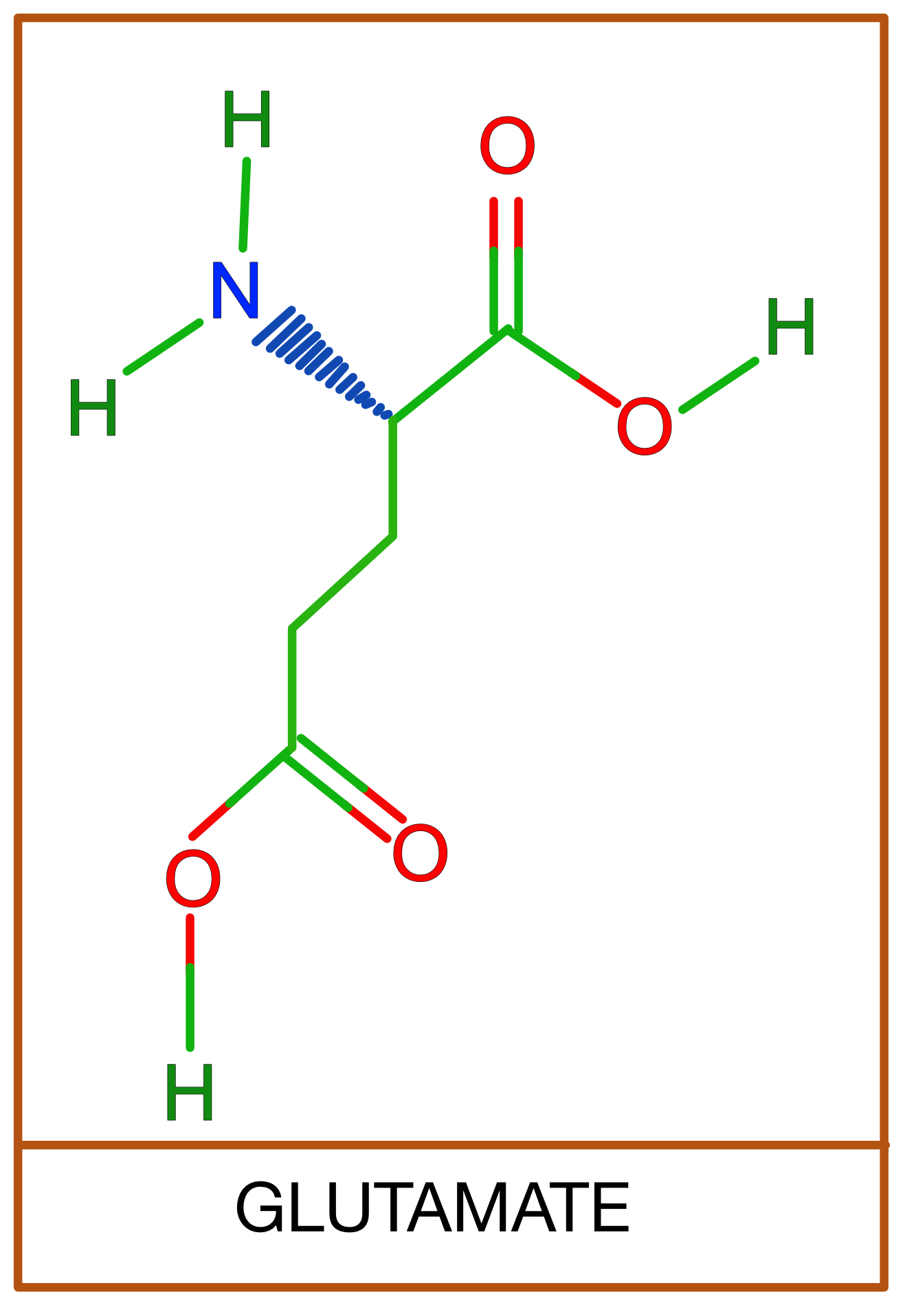 Glufosinate is an analog of Glutamic acid one of our 20 proteinogenic amino acids. Its
Glufosinate is an analog of Glutamic acid one of our 20 proteinogenic amino acids. Its 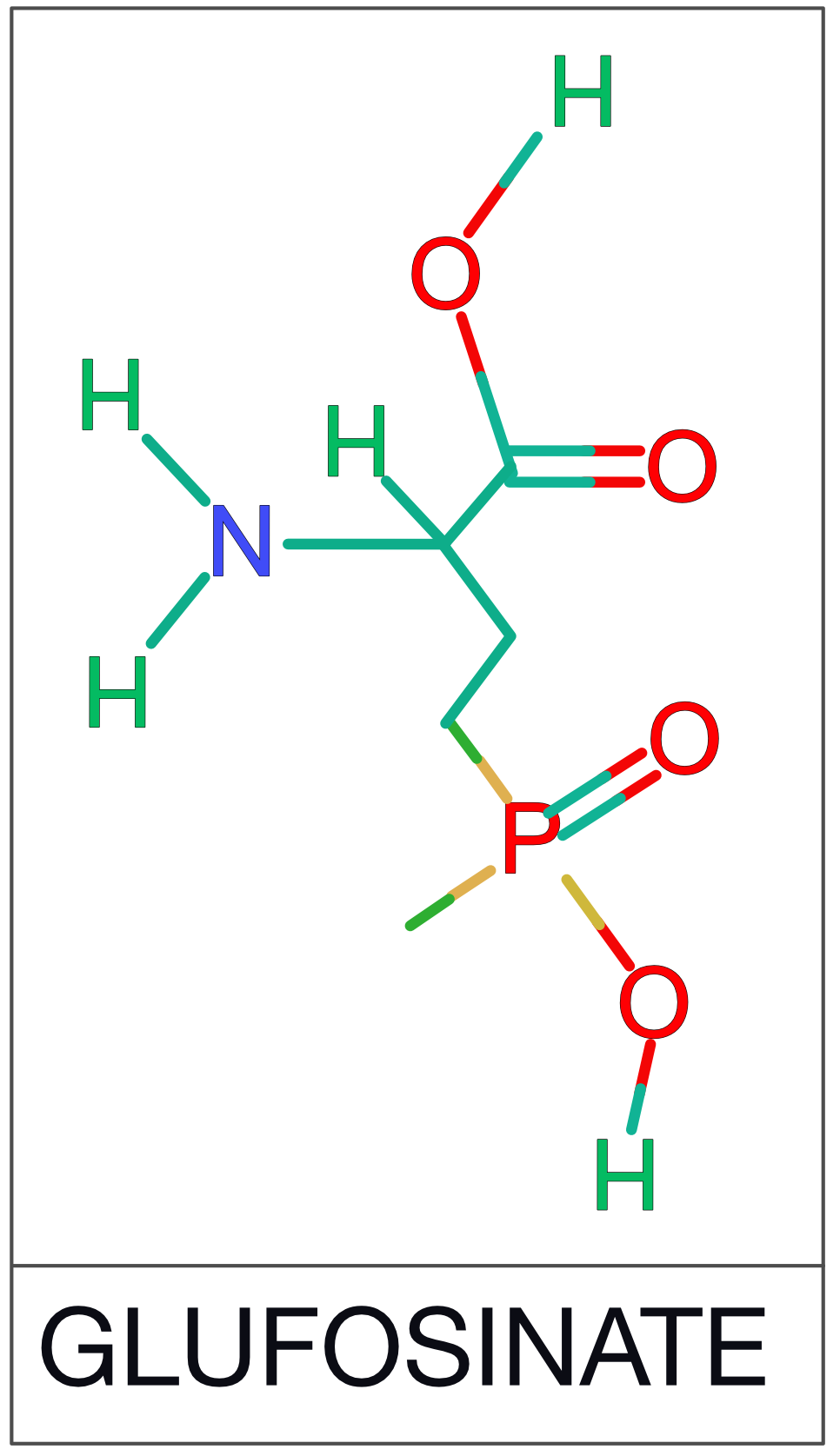

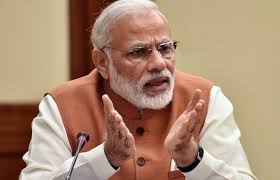
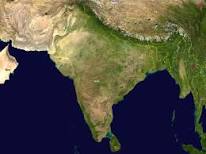 among other things. Although a harassment, and likely to cause a sort of recession temporarily in the economy, he did not think this was going to greatly hurt India.. just another example of the rich and powerful politicians doing stupid things.
among other things. Although a harassment, and likely to cause a sort of recession temporarily in the economy, he did not think this was going to greatly hurt India.. just another example of the rich and powerful politicians doing stupid things.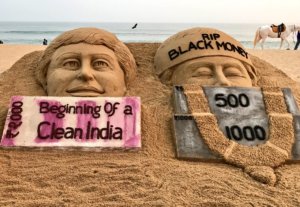 Yes, there are long lines of folks trying to change their money. However, there has not been a single riot in protest, in a country where riots happen at the drop of a hat, and are kept out of media as far as possible. Here, some of the media has been caught on cell phone camera urging folks to show their disappointment in more forceful manner, and asking why they are not angry and protesting it etc – and in almost all cases, the people in the line have shooed these media people away.
Yes, there are long lines of folks trying to change their money. However, there has not been a single riot in protest, in a country where riots happen at the drop of a hat, and are kept out of media as far as possible. Here, some of the media has been caught on cell phone camera urging folks to show their disappointment in more forceful manner, and asking why they are not angry and protesting it etc – and in almost all cases, the people in the line have shooed these media people away.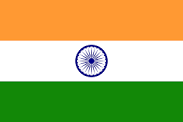 Some small store-wallah are lamenting that their business this month will suffer at least a 20% slow down, and yet are supporting the idea for the hope that bribery will reduce if not be eradicated.
Some small store-wallah are lamenting that their business this month will suffer at least a 20% slow down, and yet are supporting the idea for the hope that bribery will reduce if not be eradicated.